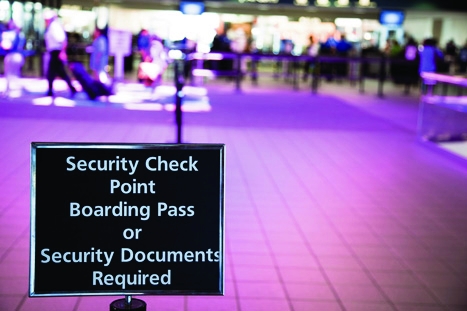Ultra-fast technique detects explosive materials
A new ultra-fast method for detecting explosive materials is claimed to analyse a wider range of materials than current thermal based detection systems used in airports.


Developed by researchers at Surrey University, the new method is also said to reduce false positive results.
In a two-part paper published by the journal Propellants, Explosives, Pyrotechnics and Forensic Science International: Synergy, a team of researchers from Surrey detail how they have built on their previous work on super-fast fingerprint drug testing, to develop a technique that is able to detect key explosives in 30 seconds.
The new method uses swabbing material to collect samples of explosives and can detect substances including nitrotoluenes, trinitrotriazine, hexamethylene triperoxide diamine and nitroglycerine. Detection of peroxide-based explosives is key as high-profile terrorist attacks such as the London bombings in 2007 used devices made from these materials.
Surrey’s Dr Catia Costa, co-author of the paper, said: “The need for fast screening methods with enhanced selectivity and sensitivity to explosives has reached a new boiling point with the recent terrorist activity. The use of paper spray for applications such as these may help reduce false-negative events whilst also allowing simultaneous detection of other substances such as drugs, as previously reported by our group.”
Register now to continue reading
Thanks for visiting The Engineer. You’ve now reached your monthly limit of news stories. Register for free to unlock unlimited access to all of our news coverage, as well as premium content including opinion, in-depth features and special reports.
Benefits of registering
-
In-depth insights and coverage of key emerging trends
-
Unrestricted access to special reports throughout the year
-
Daily technology news delivered straight to your inbox










Water Sector Talent Exodus Could Cripple The Sector
Maybe if things are essential for the running of a country and we want to pay a fair price we should be running these utilities on a not for profit...